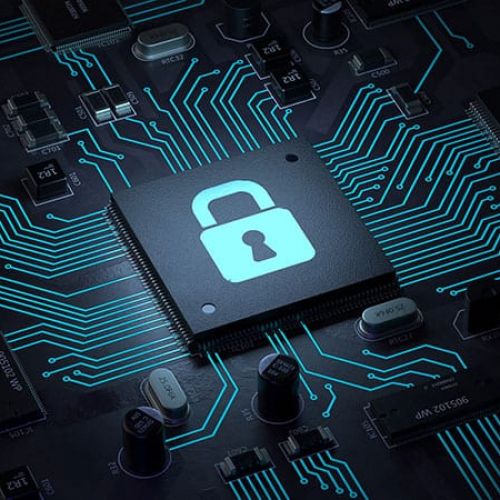
5G Network Security Flaws
Many enterprises and sectors are unaware of the 5G security vulnerabilities that exist today. Choice IoT says it’s critical for businesses to have a plan for discovering and overcoming them at the outset of a 5G/IoT platform rollout to avoid future cybersecurity disasters.
There is a big difference between the promise of 5G low latency, higher bandwidth, and speed for businesses versus the security of 5G. While many are excited about Gartner’s prediction of $4.2 billion being invested in global 5G wireless network infrastructure in 2020, few discuss the business costs of its unheralded security holes.
5G is poised to drive IoT, industrial IoT, cloud services, network virtualization, and edge computing, which multiplies the endpoint security complications. Although the manufacturing sector cites IIoT security as the top priority, the combination of 5G security vulnerabilities may come back to haunt them.
According to an Accenture study of more than 2,600 business and technology decision makers across 12 industry sectors in Europe, North America and Asia-Pacific, 62% fear 5G will make them more vulnerable to cyberattacks. At the root of the problem is the reality that many of the security problems stem from the software-defined, virtualized nature of 5G versus the hardware foundations of earlier LTE mobile communication standards.
The nature of how signals and data are routed in 5G/IoT networks can lead to Mobile Network mapping (MNmap), where attackers can create maps of devices connected to a network, identify each device and link it to a specific person. Then there are Man-in-the-middle (MiTM) attacks that enable attackers to hijack the device information before security is applied.
Other vulnerabilities covered across the wireless and IoT sectors include SIM Jacking, Authenticated Key Exchange protocols (AKA) and a host of base station backdoor vulnerabilities.
IoT for everything from smart homes, medical devices and machine to machine (M2M) operation to smart cities/power grids and autonomous vehicles are threat targets. They all give attackers multiple ways to manipulate interconnected IoT devices communicating data via 5G networks.
DDoS attacks, the ability to take control of video surveillance systems and medical devices, and more are all possible due to this broader attack surface and inherent 5G vulnerabilities.
The picture doesn’t have to be a bleak one for businesses and enterprises that want to maximize the benefits of 5G while eliminating its vulnerabilities across sectors like healthcare, utilities, finance, automotive, communication and many others.











